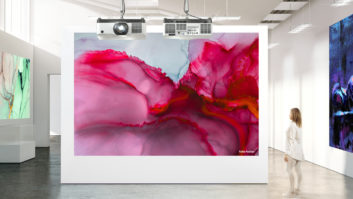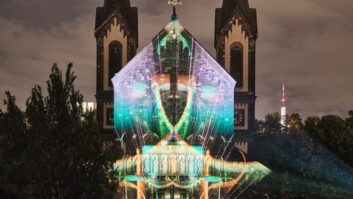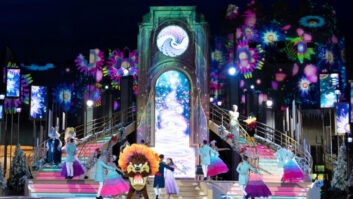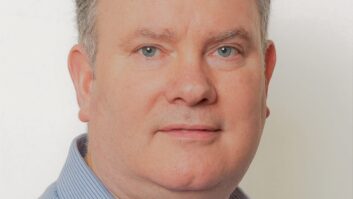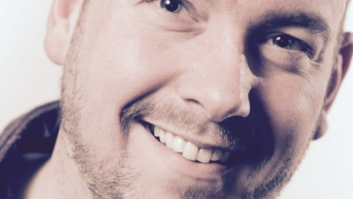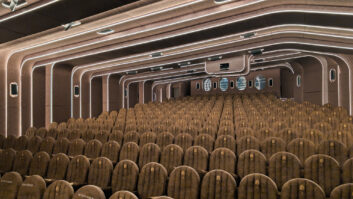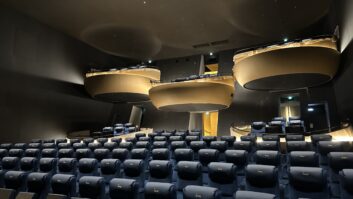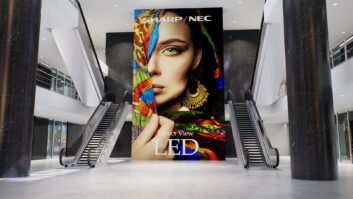
Joe Graziano, regional sales manager at Christie, reveals how theme park attractions are becoming more video-based, and the technologies with increasing levels of demand in the market.
[Pictures: 5D Castle Theatre at Chimelong Ocean Kingdom, courtesy of Kraftwerk Living Technologies]
What are the challenges unique to working on theme park projects?
Generally you are working within a prototype environment as a whole and the products need to fit within them. The designs for the most part are one-offs that have never been done before which makes most all of them unique. As the attractions become more and more video based and interactive we have to develop products and software that support those desires. Theme parks have some of the most brutal environments in the AV world from heat, humidity, cold to dust and vibration. They’re also the ultimate test bed for comfortable viewing experiences on bigger screens and, as a manufacturer, technologies we develop for this market filter into general use later.
Which technologies are you seeing an increased demand for in theme parks?
High Frame Rate (HFR) and High Contrast Projectors, RGB Projection Systems, Projection Mapping Software, Auto Alignment Systems and Self-healing Systems. An important driver is certainly HFR with larger screens. Applied to the AV industry, large screens with slow frame rates can make viewers queasy and the media may look pixelated. Theme parks have learnt to make content that works at higher frame rates on larger screens.
Last year Christie showcased the perfect example of technology migrating to other areas when director Ang Lee commissioned a film for cinema at 120fps 4K which can only be shown on the Christie Mirage using our laser illumination at 28 FL brightness. We shipped the Mirage for a few global showings at this spec. Along with HFR, we have taken the ultimate step with RGB laser by moving from rec.709 to the rec 20.20 colour space as a much wider and higher colour gamut. Put together; I have seen phenomenal realism in 2D and 3D. It gives you an incredible visual experience that has never been available before.
What are some of the emerging trends in this area of technology have you identified over the last 12 months?
Customers love the idea of ‘low to no’ maintenance. Laser is the emerging technology for theme parks and has some incredibly robust and specific reasons. Laser brings together the ever-problematic compromise of exceptional performance versus time and frequency of maintenance and replacement of consumables and amalgamates them all.
Is the theme park sector ahead of other sectors in terms of the crossover to laser?
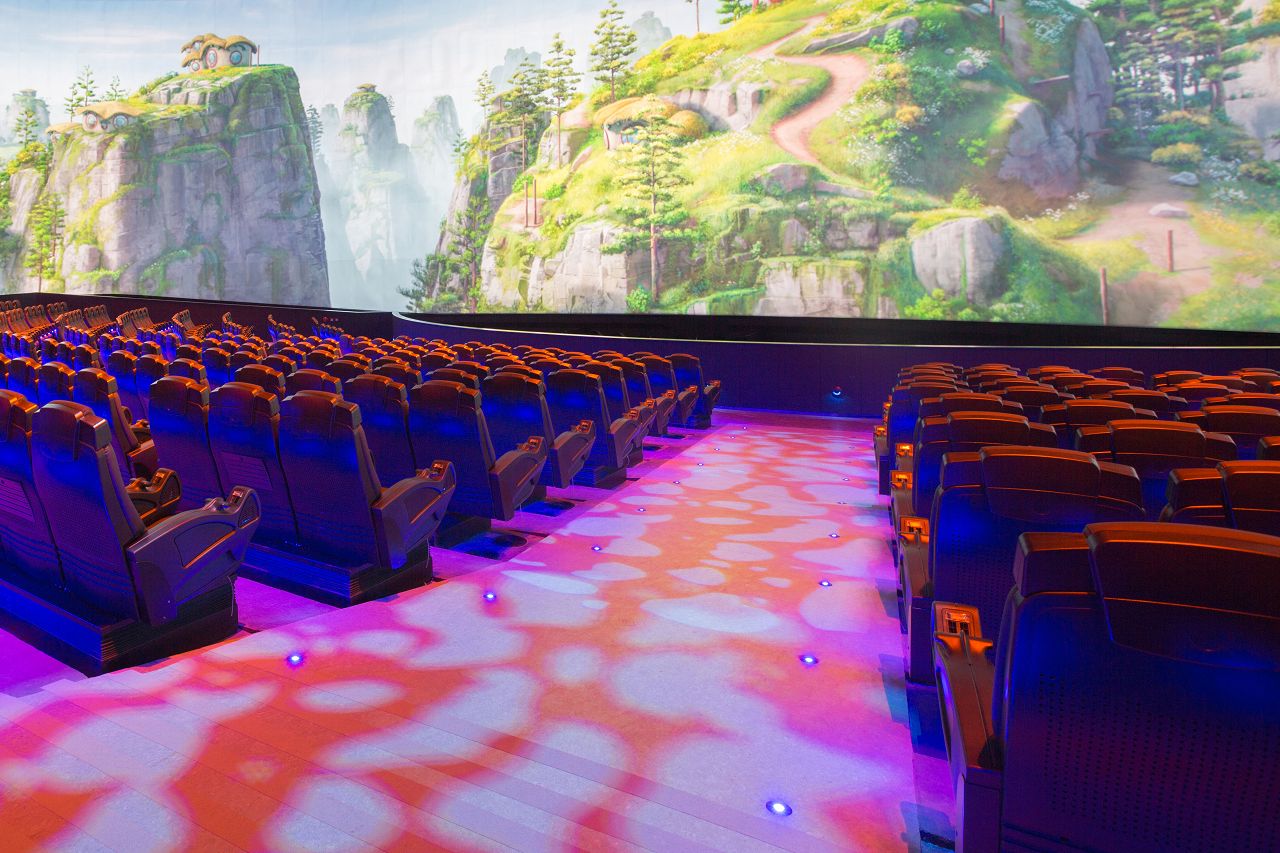
No, but they certainly benefit greatly from the technology and will save thousands of dollars not replacing lamps on lamp-based products. Also laser systems allow for REC 2020 colour reproduction, high frame rate playback and have ultra-low maintenance. Theme parks have a real challenge on their hands owing to the nature of their business. Not only are they competing with each other but they also strive to meet the expectations of their audience and the content, animation, colour spectrums and detail available to them in their everyday lives whether in print form or digital by way of hand held/mobile devices.
To add to the complexity, the brands and IP’s that they represent have a very specific and unwavering demand for accuracy in terms of brand recognition. 3DLP was a game changer in respect of image clarity and colour accuracy. The increased resolutions have supported the need for greater image quality and visual representation however laser has moved it all to another level. The depth of colour, black reproduction, 4K resolution and beyond, stability, longevity, lowered maintenance has all played right into the hands of the theme park operators allowing them to showcase their display environments with the most real-life experiences yet.
Tell us about a recent installation project that highlights Christie’s expertise in the theme park sector.
Several Christie projectors were recently used in the challenging Puy de Fou in France, winner of several awards including the 2017 Thea Award. Dubbed the ‘rural’ theme park with no rides, instead there are spectacular, immersive performances, which recreate periods in history from the Vikings to the French Revolution. Now in its most daring show to date, some 2,500 people experience an immersive show in the 360° Theatre of Giants, which are watched on seven stages in slow rotation. A total of 12 Christie Boxer projectors (8x4K30 and 4x 2K30) were used on the screens using tracking for the screen position.
Pictures: Kraftwerk Living Technologies
